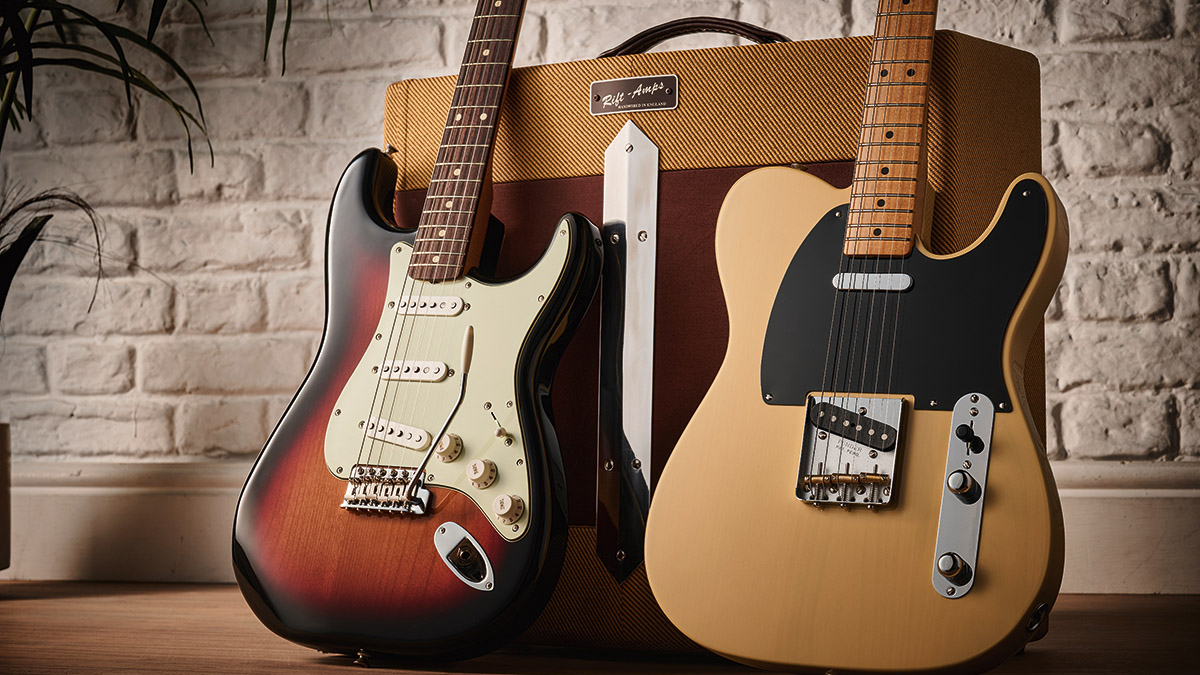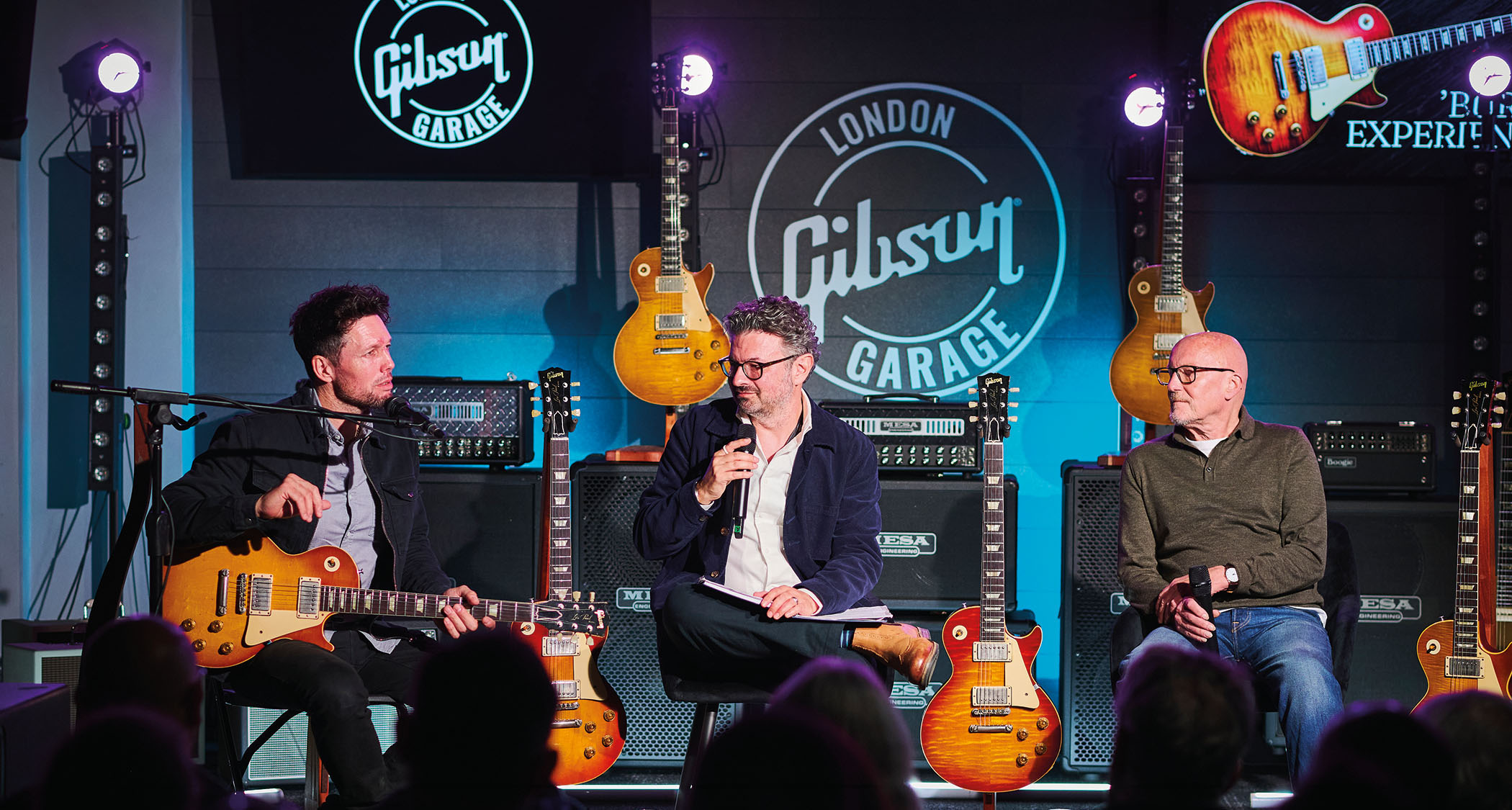Guitar World Verdict
They might need a setup tweak or two, but this Nocaster and Stratocaster combine the most sought-after features of their respective decades into models that are highly evocative of Fender‘s golden era, especially tonally.
Pros
- +
A great amalgamation of the old and some of the new. Excellent overall build.
- +
Totally believable tones.
- +
Keen pricing.
Cons
- -
Action and pickup heights a little low but simple to fix.
- -
The Nocaster’s big neck is a matter of taste.
You can trust Guitar World
It might surprise you to learn that Fender’s facility in the Mexican town of Ensenada, on the Baja California peninsula, has been producing guitars for well over 30 years. And if you’ve ever wondered why they look and feel, well, a bit Japanese, there’s a very good reason.
At the time of the Mexican operation’s inception, Fender brought in its Japanese manufacturing partner, Fujigen, to train the new workforce. They came with their own machinery, production and finishing methods and, as Fender’s CEO from 2005 to 2010, Bill Mendello, later reported, “The manufacture of guitars in Mexico was more Japanese-like than it was US-like.”
Of course, since those early days there’s been a lot more intervention from Fender itself, and today Fender Mexico produces instruments that we’ve consistently praised for their innovation, build and playability. Models such as the excellent Classic Player Strat and Baja Tele have proved particularly popular, both having received significant input from the illustrious Custom Shop.
So, with that bit of backstory we are, of course, here to welcome the brand-new Mexico-made Vintera II range, comprising 10 guitars (a trio of both Strats and Teles, and a Nocaster, Jazzmaster, Jaguar and Mustang, though there are no ‘modified’ models this time around, as in the original series) and six bass guitars.
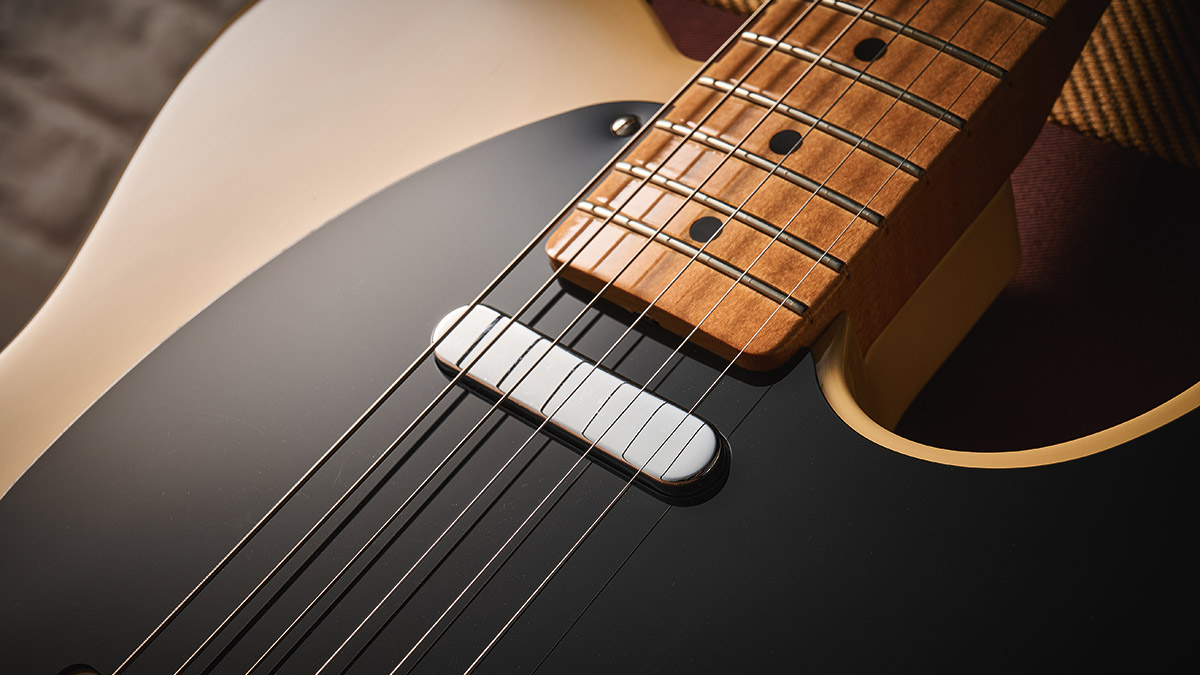
You may recall that the point of the Vintera series, which first appeared in 2019, is not to emulate an exact year of manufacture, as featured in the Fender American Vintage II and various Custom Shop guitars. Instead, the Vinteras evoke a general decade or era.
And so to our pair of not wholly unfamiliar guitars. Yes, it’s ‘another Strat, another Tele’, an ironic quip used by Leo Fender when naming G&L’s ASAT range, ASAT being an acronym of the phrase. Being picky, our Tele is not a Telecaster at all but a Nocaster.
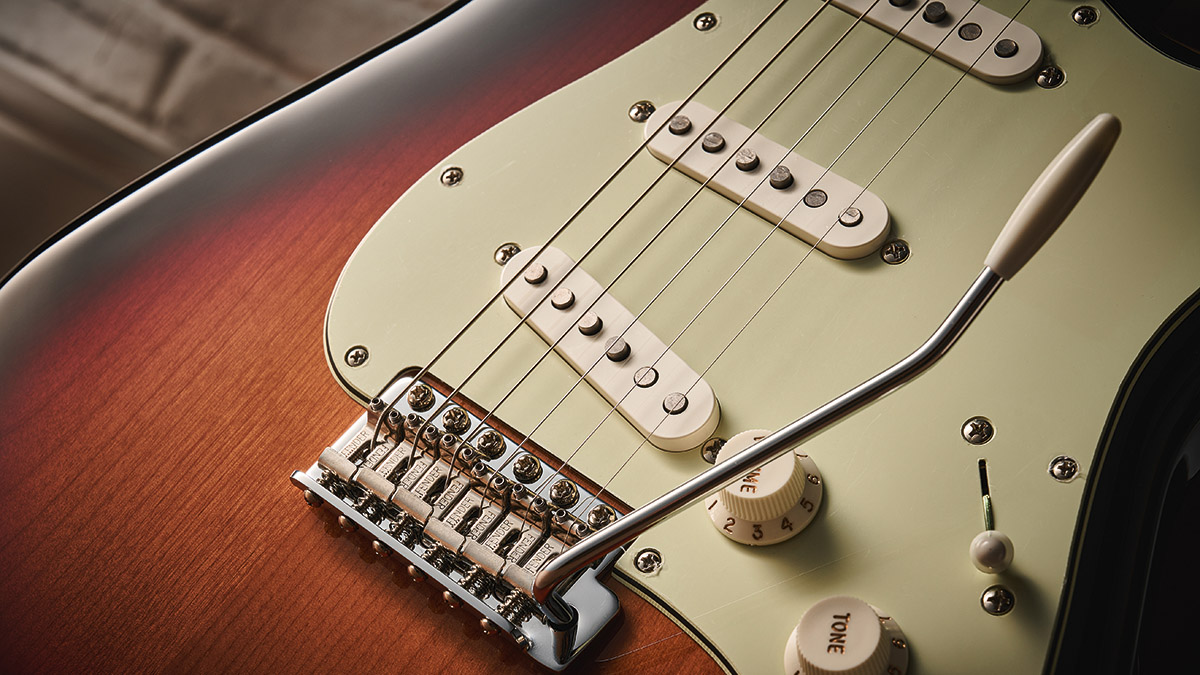
This moniker was likely coined by early vintage guitar buffs to describe those instruments produced between Gretsch’s copyright infringement claim against the model’s original Broadcaster title (they had a drum kit called Broadkaster) and its renaming to Telecaster in late 1951.
All the latest guitar news, interviews, lessons, reviews, deals and more, direct to your inbox!
Hence, the ’50s Nocaster comes in classic butterscotch with black pickguard, a one-piece maple neck, chrome Tele neck pickup and uncovered bridge single coil sitting in an ‘ashtray’-style bridge (but with no ashtray cover), plus three brass saddles. Fender calls these pickups ‘Vintage-Style ’50s’ and have been revoiced for the 2023 Vintera II model.
The body is alder not ash, the finish is poly not nitro, and the ’guard is plastic not lacquered Bakelite, but there’s no feeling of being short changed here as the guitar is beautifully put together. And since both instruments are likely to ‘street’ for below the magic grand, we’re not complaining.
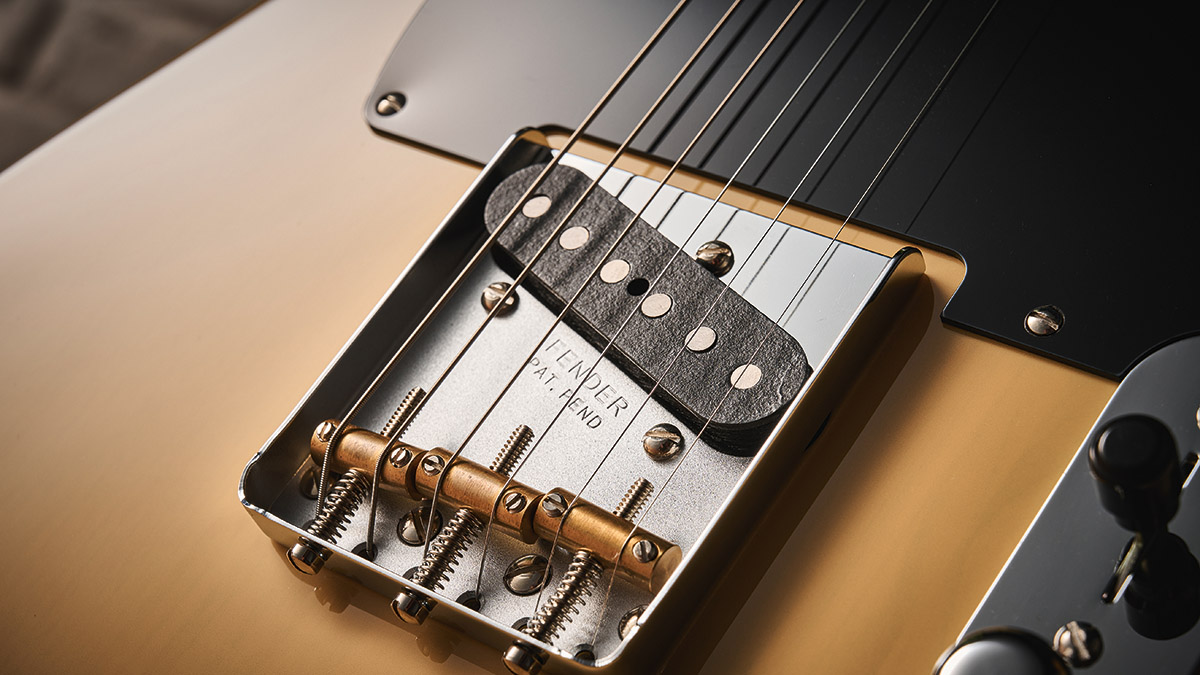
The ’60s Stratocaster is also typical of its era, with a particularly nice three-tone sunburst over an alder body (a three-piece spread, like that of the Nocaster), a 21-fret maple neck with slab rosewood fingerboard (which replaces the pau ferro used on the first series of Vinteras), three ‘Vintage-Style ’60s’ pickups (again, revoiced for the new Vinteras) on a mint green pickguard, and classic vibrato bridge with Fender-stamped, bent steel saddles.
The guitar’s controls bring this model into the modern era since the pickup selector is a five-way (which was not officially introduced until 1977), and the bridge pickup features its own tone control to tame those sometimes pesky highs, a feature common on today’s higher-end Strats.
Again, it’s beautifully put together and does indeed take you back to a time when a three-tone sunburst, rosewood-neck Strat pretty much defined its ’60s look.
Feel & Sounds
Being based on instruments from the 50s and 60s, both the Strat and Nocaster feature 21 ‘vintage tall’ and narrow frets on 184mm (7.25-inch) radius fingerboards. While this might seem slightly anachronistic in these days of flatter ’boards and larger frets, there is something homely and comfortable about the old-style feel.
The Nocaster’s chunky U-shaped neck has a pleasing hint of flaming, and while it may seem daunting due to its size, in fact it sits extremely comfortably in the palm. The Strat, on the other hand, is a medium C profile that few would find offensive. Neither guitar is overly heavy so would not tax the shoulder over the length of a gig.
Having said how well these instruments have been constructed and how nice their necks are, both did come with rather low actions. While supremely comfortable and easy to find one’s way around barre chords and fast scale runs, big bends do just start to choke off, and hitting the strings hard they rattle somewhat.
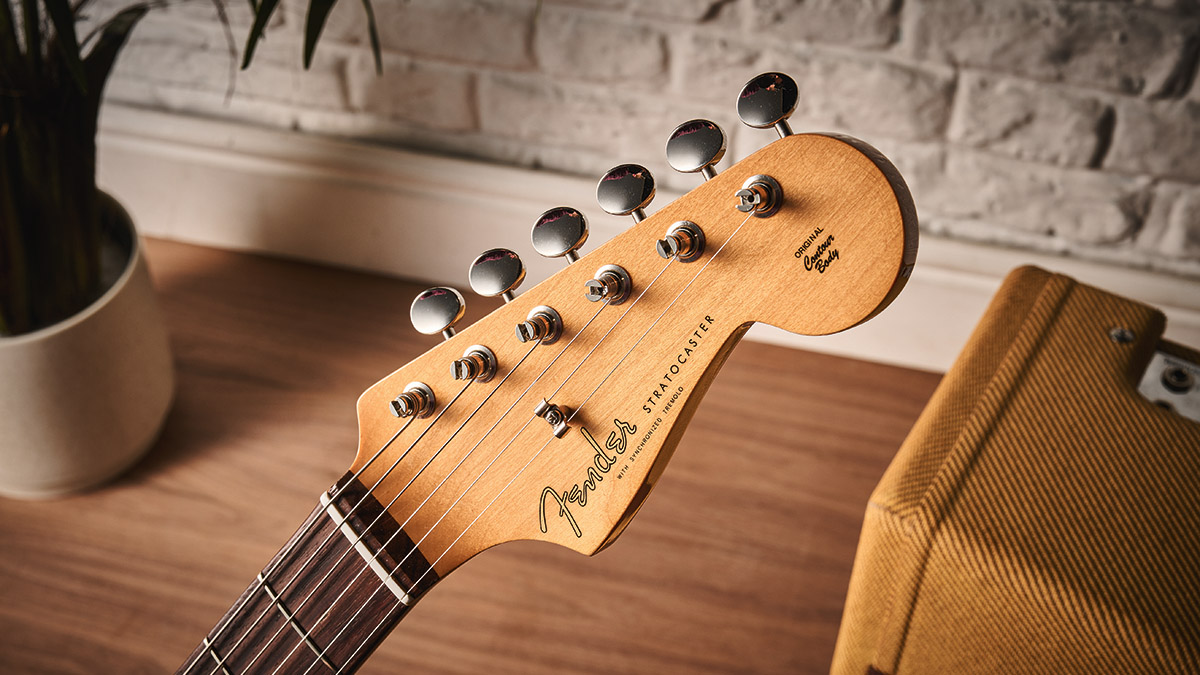
The Strat’s pickup heights were set rather low, too, so we raised them all, mostly on the treble side. These small issues are fixed in minutes with basic hand tools, and any good guitar store should do that for you at point of purchase, too. But since everything else is so well done, such niggles do stand out.
It’s worth pointing out, however, that these review models are pre‑release samples and we imagine that full production guitars will come with Fender Mexico’s usually exemplary setup.
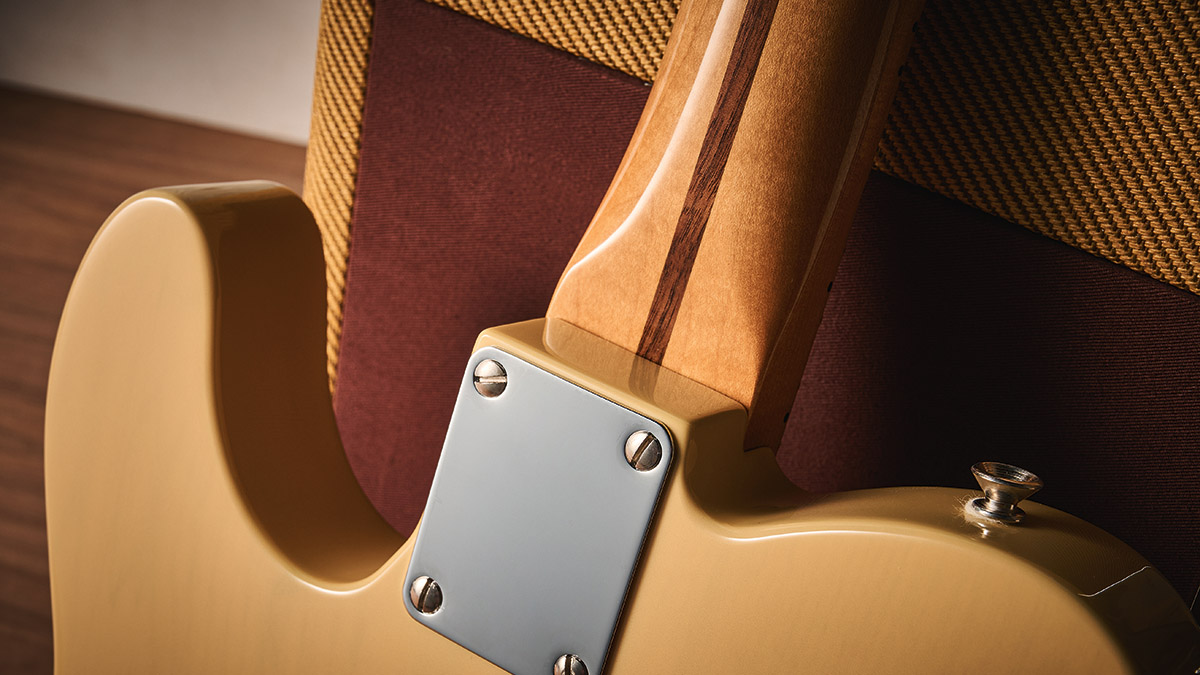
Our demo amp of choice these days is the delightful Laney Lionheart L20T-112, and plugging in the Strat it’s an instantly familiar and pleasing set of tones we encounter. While all the sounds are bright and sparkly, there’s no hint of the brittle rasp that afflicts some Strats.
Through the clean channel with a wash of reverb, every tone is crystal clear and smooth. Think Hank Marvin, Mark Knopfler, Jimi rhythm, et al. Turn on the gain and we enter Vaughan and Gallagher territory: neck pickup for Stevie Ray, and bridge with some tone rolled off for Rory.
Dirty bridge and middle together is a favourite tone, too, and don’t ever write off a Strat’s middle position – it’s a great all‑rounder beloved of EC himself.

As so often is the case, the Nocaster is a beefier affair, especially its bridge pickup, which twangs with a hard but pleasing edge when clean, and darkens down superbly when cranked through the Laney’s drive channel. The brass saddles are sure to be helping here, too. Use the tone control to thicken things up and you’d be forgiven for thinking it’s a Les Paul Deluxe or Firebird.
While many poo-poo a Tele-style neck pickup, there’s so much sweet musicality in it that it really shouldn’t be ignored – a sort of ‘Strat lite’ if you will. And when paired with that gutsy bridge unit, all manner of great sounds can be coaxed from the tone and volume controls. Even 73 years on, it’s still one of the most versatile guitars out there. And as T-style guitars go, the Vintera II ’50s Nocaster acquits itself with aplomb.
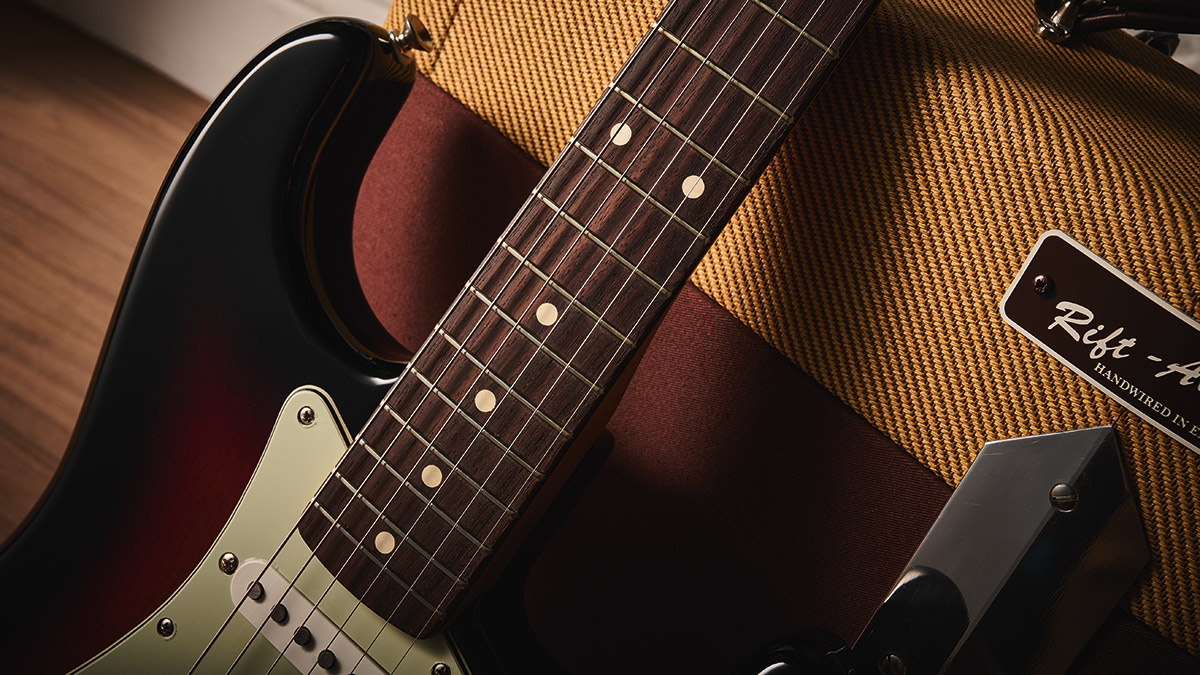
Verdict
So, another Strat, another Tele. True, but as always each instrument exhibits a personality that sets it apart from the next. This reviewer has two Strats, and they couldn’t be more different.
While these guitars received criticism in the setup department, they are early samples and a few minutes with simple tools will have them playing like a dream.
While these guitars received criticism in the setup department, they are early samples and a few minutes with simple tools will have them playing like a dream. Going up a string gauge could even do the trick. And remember, we couldn’t fault either guitar’s overall build, and they are a very attractive take on instruments that we’ve all known and loved for decades.
We really like how the Vintera series morphs each era’s most desirable facets into a single, wholesome model that’s instantly identifiable as such. Everyone in the office that’s seen and played them has instantly bonded with one or the other of these two (and a couple loved their super-low action!).
As for the rest of the 16-strong range, it evokes some of Fender’s coolest guitars and basses from the ’50s to the ’70s. They are priced extremely keenly, too, so get ready to take your pick.
Specs
Fender Vintera II ’60s Stratocaster
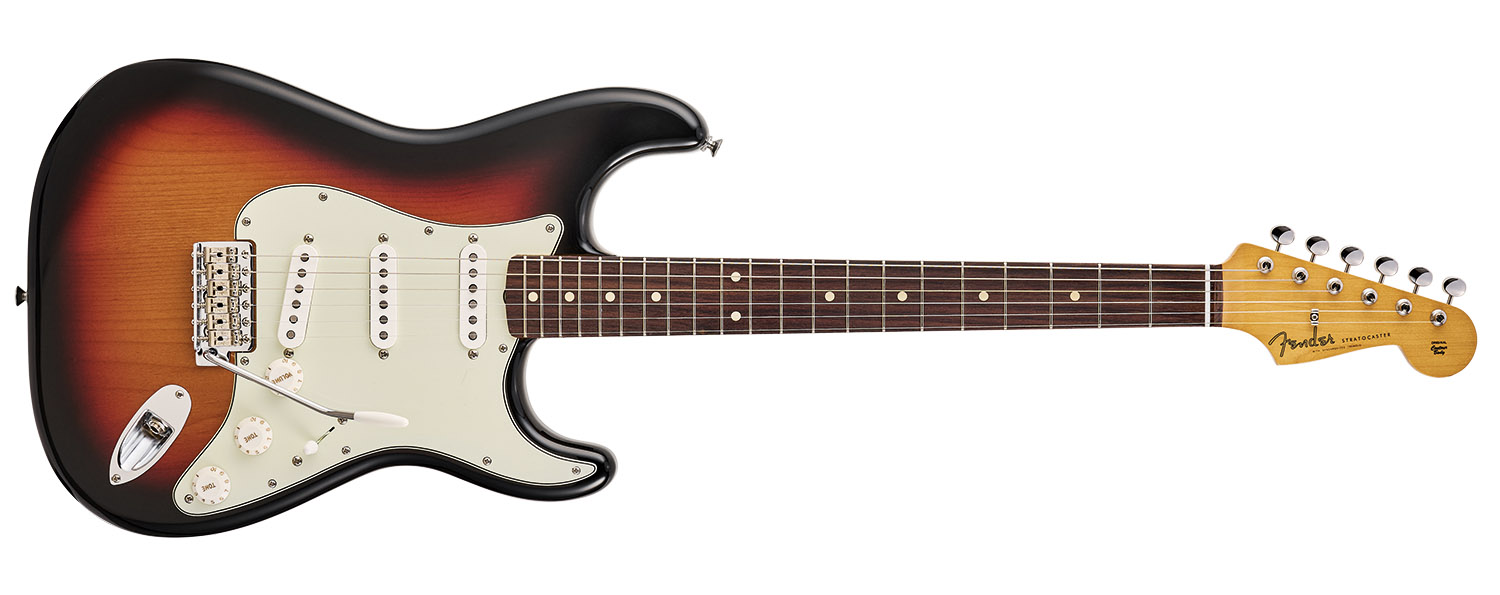
- PRICE: $1,149 / £1,049 (inc gigbag)
- ORIGIN: Mexico
- TYPE: Double-cutaway solidbody
- BODY: 3-piece alder
- NECK: Maple, bolt-on
- SCALE LENGTH: 648mm (25.5”)
- NUT/WIDTH: Synthetic bone/42mm
- FINGERBOARD: Slab rosewood with faux clay dots, 184mm (7.5”) radius
- FRETS: 21, vintage tall
- HARDWARE: Chrome-plated vintage‑style vibrato bridge with bent steel saddles, vintage-style 6-a‑side tuners
- STRING SPACING, BRIDGE: 56mm
- ELECTRICS: 3x Vintage-Style ’60s Stratocaster single coils, master volume, 2x tones (neck/middle, bridge), 5-way lever pickup selector switch
- WEIGHT (kg/lb): 3.22/7.10
- RANGE OPTIONS: Vintera II ’50s Stratocaster with maple neck (£1,049), Vintera II ’70s Stratocaster with maple neck, maple/rosewood ’board, large headstock, bullet truss rod and tilt neck (£1,049)
- LEFT-HANDERS: Not yet
- FINISH: 3-Color Sunburst (as reviewed), Lake Placid Blue, Olympic White
Fender Vintera II ’50s Nocaster
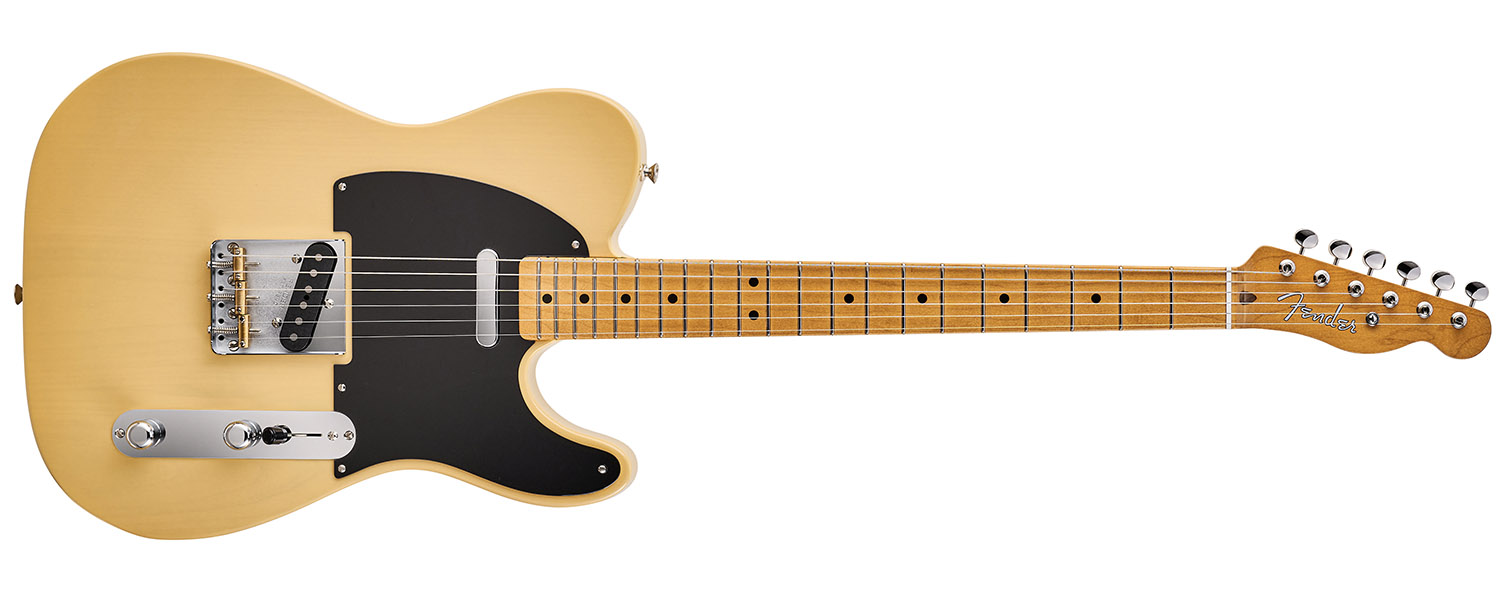
- PRICE: $1,149 / £1,049 (inc gigbag)
- ORIGIN: Mexico
- TYPE: Single-cutaway solidbody
- BODY: 3-piece alder
- NECK: Maple, bolt-on
- SCALE LENGTH: 648mm (25.5”)
- NUT/WIDTH: Synthetic bone/42mm
- FINGERBOARD: Maple with black dots, 184mm (7.5”) radius
- FRETS: 21, vintage tall
- HARDWARE: Chrome-plated vintage‑style bridge plate/pickup housing with 3x brass saddles, vintage-style 6-a-side tuners
- STRING SPACING, BRIDGE: 56mm
- ELECTRICS: Vintage-Style ’50s Telecaster/Nocaster neck and bridge pickups, master volume, master tone, 3-way selector switch
- WEIGHT (kg/lb): 3.26/7.20
- RANGE OPTIONS: Vintera II ’60s Telecaster with rosewood fingerboard and mint green pickguard (£1,049), Vintera II ’70s Telecaster Deluxe with maple fingerboard and Strat-style vibrato (£1,099), Vintera II ’60s Thinline Telecaster with semi-hollow ash body and maple ’board (£1,149)
- LEFT-HANDERS: Not yet
- FINISH: Blackguard Blonde (as reviewed), 2-Color Sunburst
- CONTACT: Fender
In the late '70s and early '80s Neville worked for Selmer/Norlin as one of Gibson's UK guitar repairers, before joining CBS/Fender in the same role. He then moved to the fledgling Guitarist magazine as staff writer, rising to editor in 1986. He remained editor for 14 years before launching and editing Guitar Techniques magazine. Although now semi-retired he still works for both magazines. Neville has been a member of Marty Wilde's 'Wildcats' since 1983, and recorded his own album, The Blues Headlines, in 2019.
